
In the historic center of Rome, between Campo de Fiori and Trevi Fountain
Hotel Le Clarisse al Pantheon is located in the historical centre of Rome, on Via dell’Arco della Ciambella, just a few meters away from most points of interest.
This is one of the most refined districts in Rome, two steps away from the Pantheon, Piazza Navona’s baroque marvels, Campo de Fiori’s characteristic market and Piazza di Spagna’s splendor and luxury boutiques.
With a short walk, crossing the Tiber, you can reach the typical Trastevere area to enjoy a lively atmosphere at night.
How to reach us
-
By car
Hotel Le Clarisse al Pantheon is located inside the historical centre of Rome which is a restricted traffic zone. The area is closed to all but residents, taxi and bus traffic from 06.30am to 6pm Monday to Friday and from 2pm to 6pm on Saturdays. The nightly traffic restriction is from 11pm to 03am on Fridays and Saturday.
On Sundays and public holidays there are no restrictions.
We therefore suggest to park your car at “Parking Zanna Silla”, on Via delle Zoccolette 30 (reservation is highly advised). The Hotel is 10 minutes walking distance from Via delle Zoccolette (750 mt). Otherwise take Tram No 8 in the direction of Largo Argentina and alight at Largo Argentina. In front you will see FELTRINELLI bookshop. At the left corner of the bookshop is the road Via di Torre Argentina. Walk down that street a few yards and turn the first right into Via dell’Arco della Ciambella. After a few more steps you will find number 19, the entry of the Hotel.
-
By plane
From Fiumicino Airport (31 Km)
Take the train from Fiumicino airport to Termini Station (either Leonardo Expresso or the regional line FR1). At the exit of the station, in Piazza dei Cinquecento, take the bus n° 40 and get off after 4 stops at Largo di Torre Argentina. In front you will see FELTRINELLI bookshop. At the left corner of the bookshop is the road Via di Torre Argentina. Walk down that street a few yards and turn the first right into Via dell’Arco della Ciambella. After a few more steps you will find number 19, the entry of the Hotel.
Leonardo Express is a non-stop train regularly leaving every 30 minutes. The price of a single ride ticket is € 14,00.
FR1 is a regional train stopping at various places, leaving every 15 minutes on working days and every 30 minutes on Sundays and holidays. The price of a single ride ticket is € 8,00 (valid 90 minutes from validation).
From Ciampino Airport (16 Km)
Take one of the shuttle buses, Terravision or Sitbusshuttle, to reach Termini Station.
At the exit of the station, in Piazza dei Cinquecento, take the bus n° 40 and get off after 4 stops at Largo di Torre Argentina. In front you will see FELTRINELLI bookshop. At the left corner of the bookshop is the road Via di Torre Argentina. Walk down that street a few yards and turn the first right into Via dell’Arco della Ciambella. After a few more steps you will find number 19, the entry of the Hotel.
The shuttle buses Terravision and Sitbusshuttle are the cheapest and fastest connections to Ciampino Airport, at the rate of € 4,00, single ride ticket. For more information, visit their official websites.
-
By train
From Termini Station (4 Km)
At the exit of the station, in Piazza dei Cinquecento, take the bus n° 40 and get off after 4 stops at Largo di Torre Argentina. In front you will see FELTRINELLI bookshop. At the left corner of the bookshop is the road Via di Torre Argentina. Walk down that street a few yards and turn the first right into Via dell’Arco della Ciambella. After a few more steps you will find number 19, the entry of the Hotel.
From Tiburtina Station (7 Km)
Take the B Metro line direction Laurentina and get off at Termini Station. At the exit of the station, in Piazza dei Cinquecento, take the bus n° 40 and get off after 4 stops at Largo di Torre Argentina. In front you will see FELTRINELLI bookshop. At the left corner of the bookshop is the road Via di Torre Argentina. Walk down that street a few yards and turn the first right into Via dell’Arco della Ciambella. After a few more steps you will find number 19, the entry of the Hotel.
From Ostiense Station (4 Km)
In front of the station look for the stop of bus n° 30 (direction CLODIO); after 6 stops get off at Largo di Torre Argentina. In front you will see FELTRINELLI bookshop. At the left corner of the bookshop is the road Via di Torre Argentina. Walk down that street a few yards and turn the first right into Via dell’Arco della Ciambella. After a few more steps you will find number 19, the entry of the Hotel.
-
By ship
From Civitavecchia Port reach the train station. Take the regional train FR5 to Rome and get off at Termini Station. At the exit of the station, in Piazza dei Cinquecento, take the bus n° 40 and get off after 4 stops at Largo di Torre Argentina. In front you will see FELTRINELLI bookshop. At the left corner of the bookshop is the road Via di Torre Argentina. Walk down that street a few yards and turn the first right into Via dell’Arco della Ciambella. After a few more steps you will find number 19, the entry of the Hotel.
-
By taxi
If you wish to get a taxi, we recommend to only use the official white taxis belonging to Rome’s municipality.
-
Private transfer
Hotel Le Clarisse al Pantheon can be swiftly reached from Rome’s airports and the Port of Civitavecchia.
For a comfortable and relaxed transfer to the Hotel please use our private transfer service with reliable and professional drivers.
Rates as shown with no surcharges for luggage with cash payment made to the driver on arrival.
From Fiumicino and Ciampino Airports or vice versa
Car with up to 3 passengers 65 Euros
Minivan for 4 – 6 passengers 90 Euros
Minivan for 7 – 8 passengers 110 Euros
From Civitavecchia Port or vice versa
Car for up to 2 passengers 160 Euros
Minivan for 3 – 5 passengers 190 Euros
Minivan for 6 – 7 passengers 215 Euros
Minivan for 8 passengers 240 Euros
Termini station
1/3 pax = 35 Eur
4/6 pax = 45 Eur
7/8 pax = 55 Eur
Tiburtina and Ostiense station
1/3 pax = 40 Eur
4/6 pax = 50 Eur
7/8 pax = 55 Eur
A 10 Euro nightly surcharge will be applied for transfer services performed from 10pm to 6am.
Piazza Navona is just a few minutes away from our hotel!
From Hotel Le Clarisse, with a short walk you can reach…
In less than 5 minutes

Santa Maria in Trastevere
Largo Torre Argentina - 120 mt
Pulsante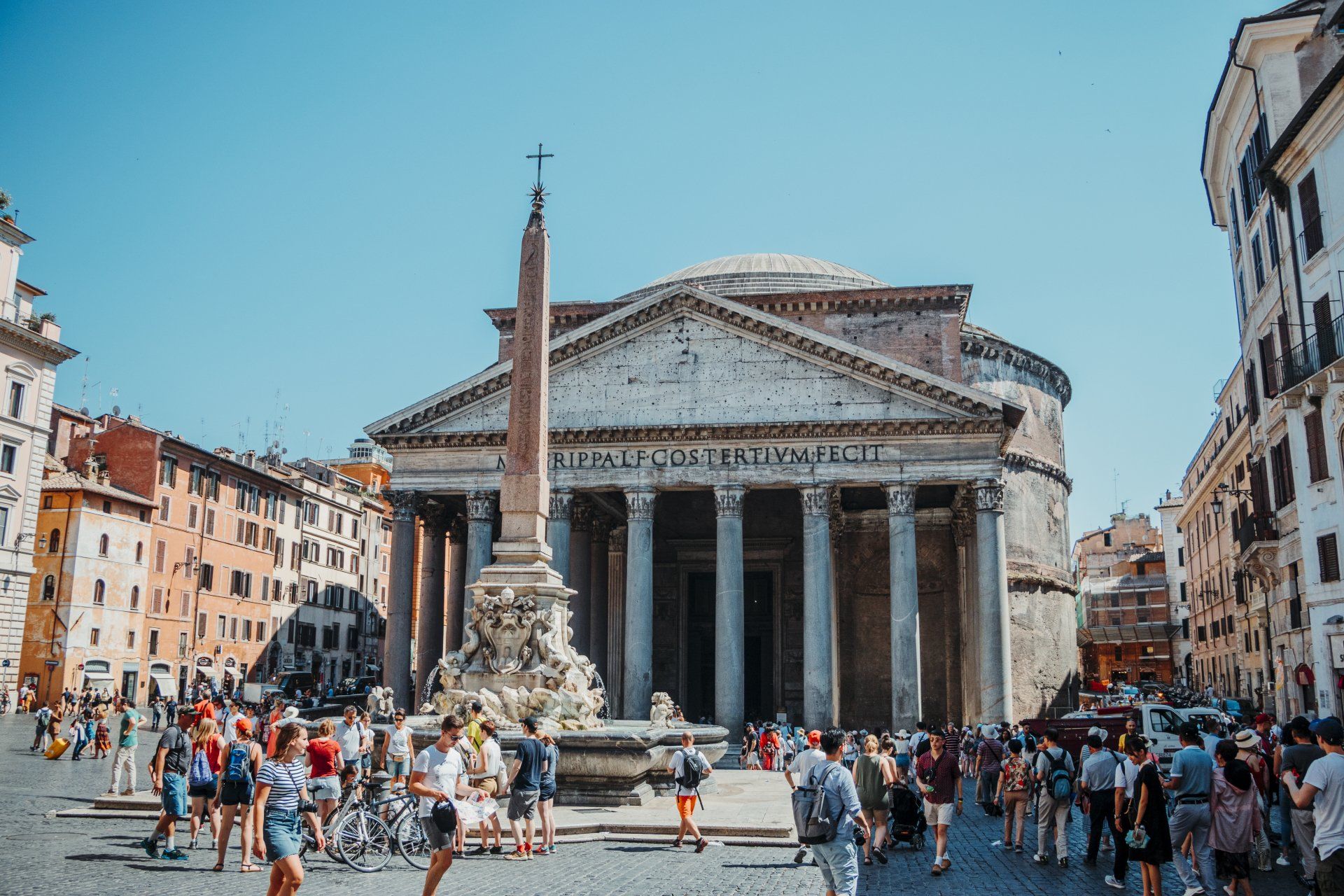
Isola Tiberina
Pantheon - 290 mt
Pulsante
In less than 10 minutes
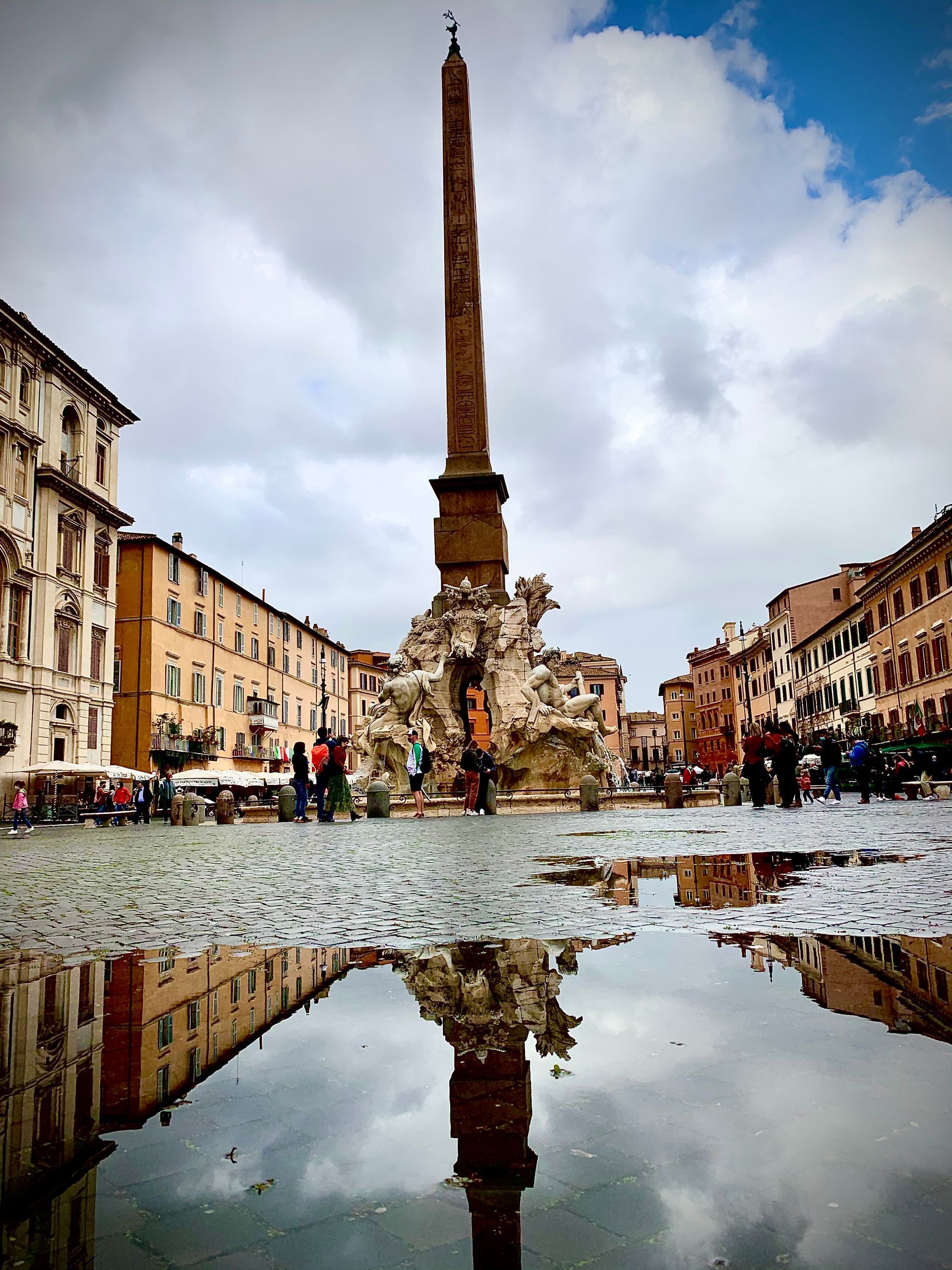
Titolo diapositiva
Piazza Navona - 600 mt
Pulsante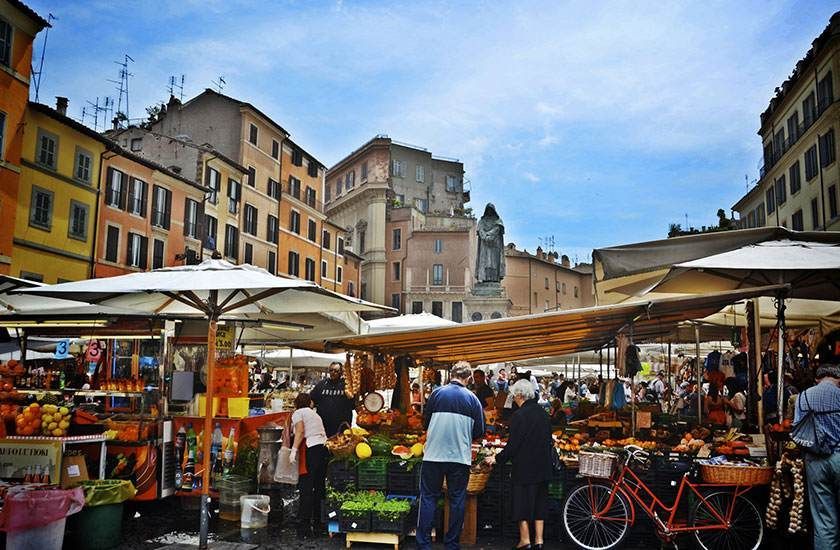
Titolo diapositiva
Campo de Fiori - 600 mt
Pulsante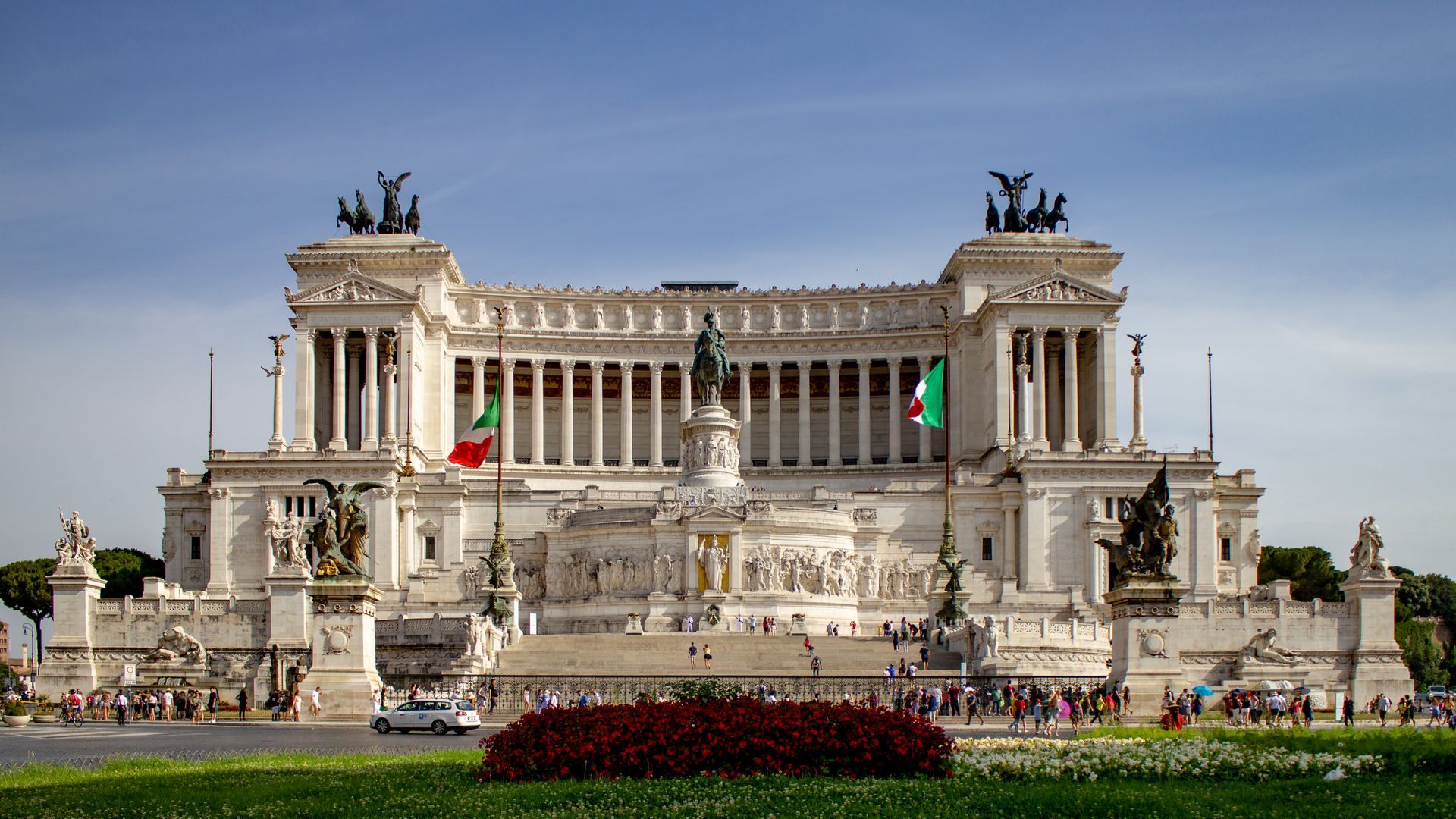
Titolo diapositiva
Piazza Venezia - 700 mt
Pulsante
In less than 15 minutes
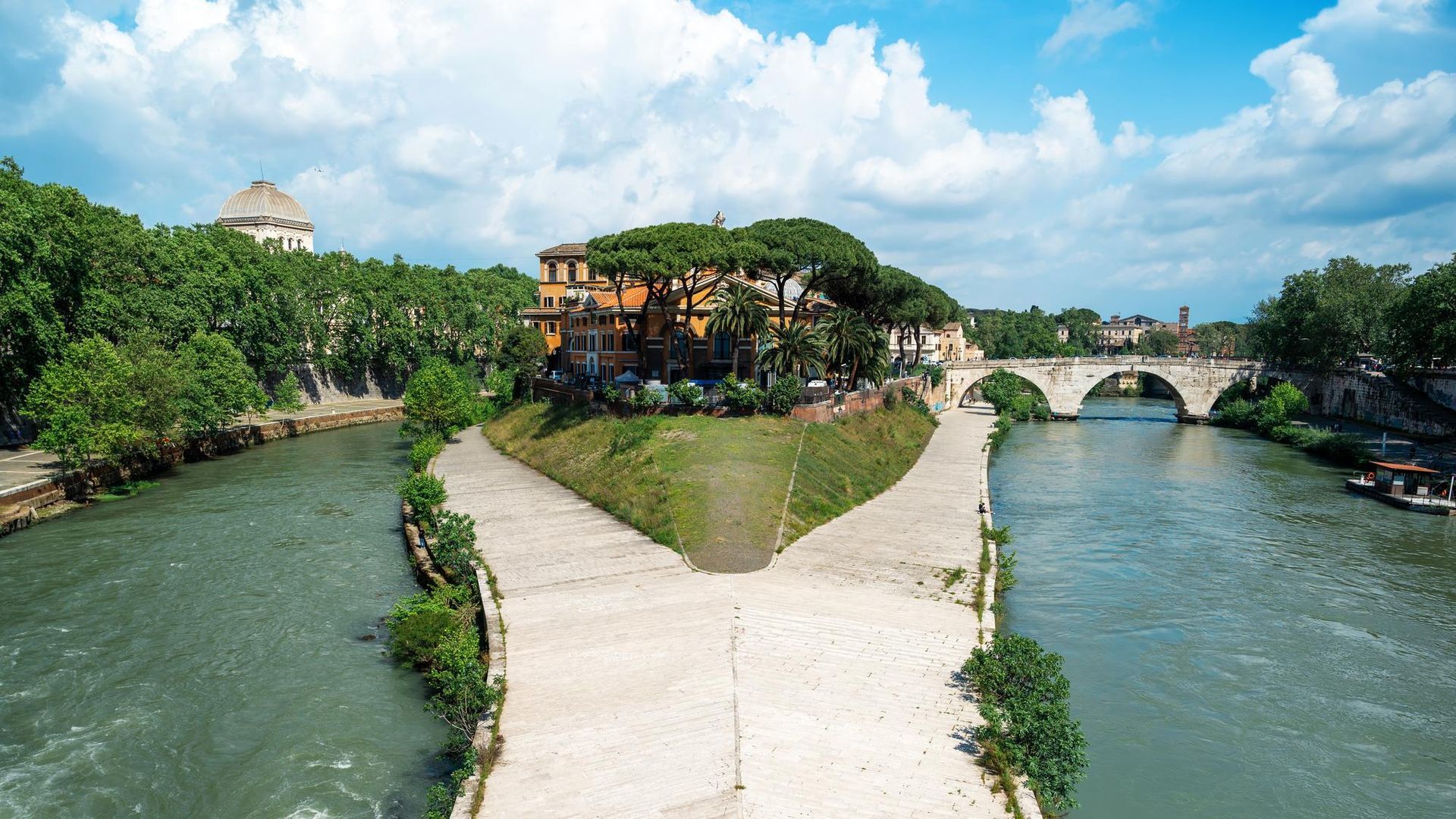
Titolo diapositiva
Isola Tiberina - 800 mt
Pulsante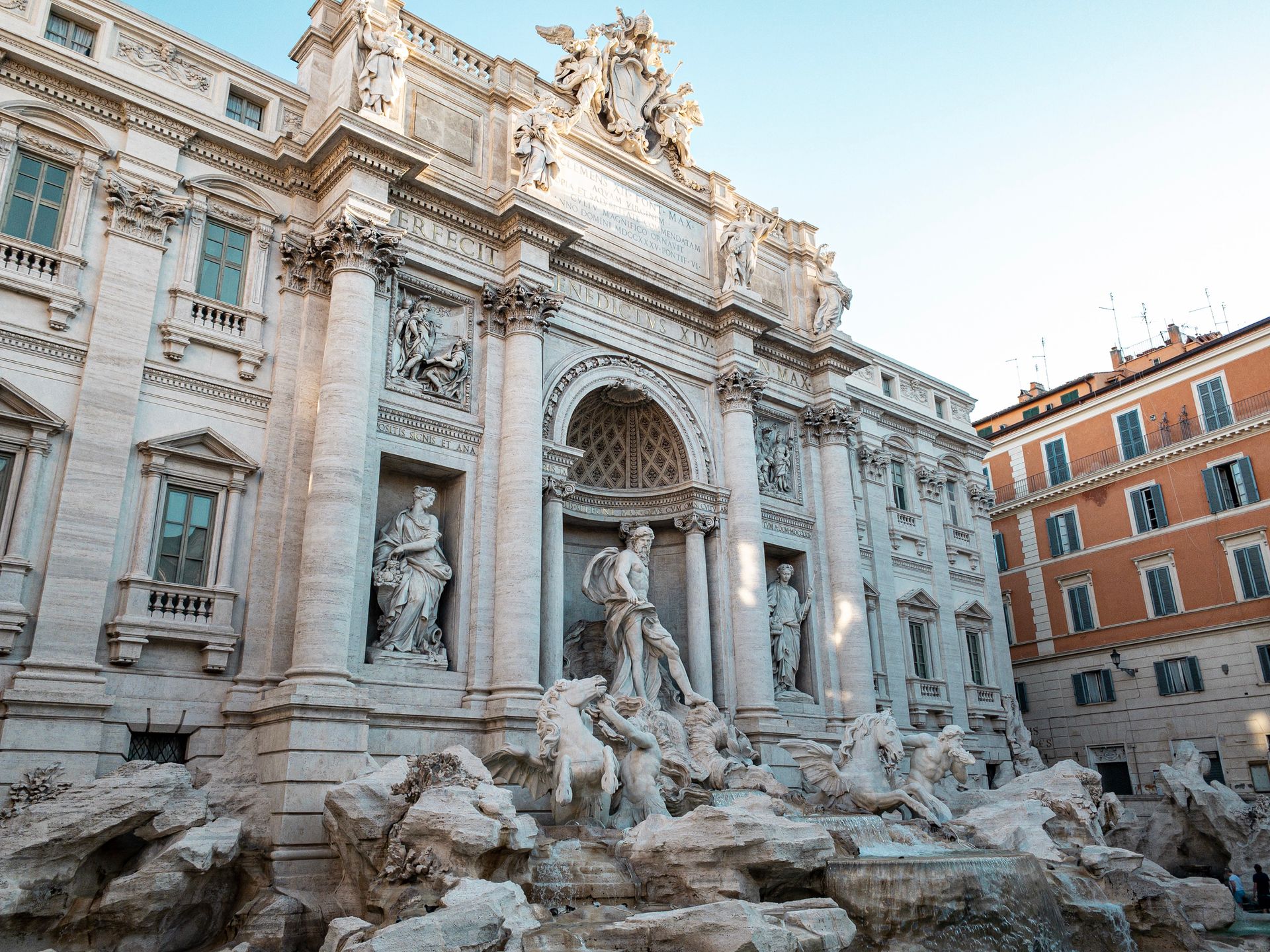
Titolo diapositiva
Fontana di Trevi – 850 mt
Pulsante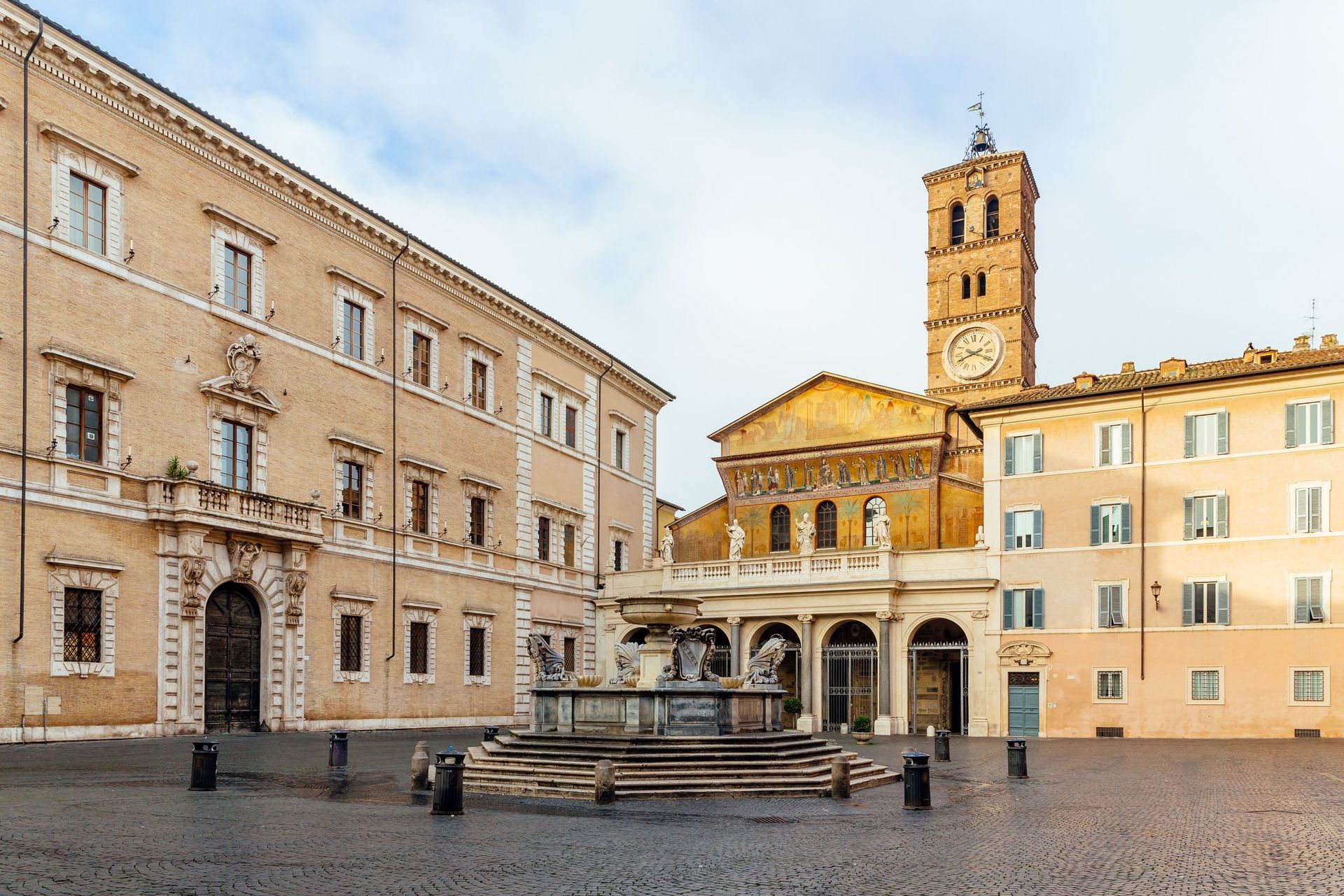
Titolo diapositiva
Trastevere - 1,3 km
Pulsante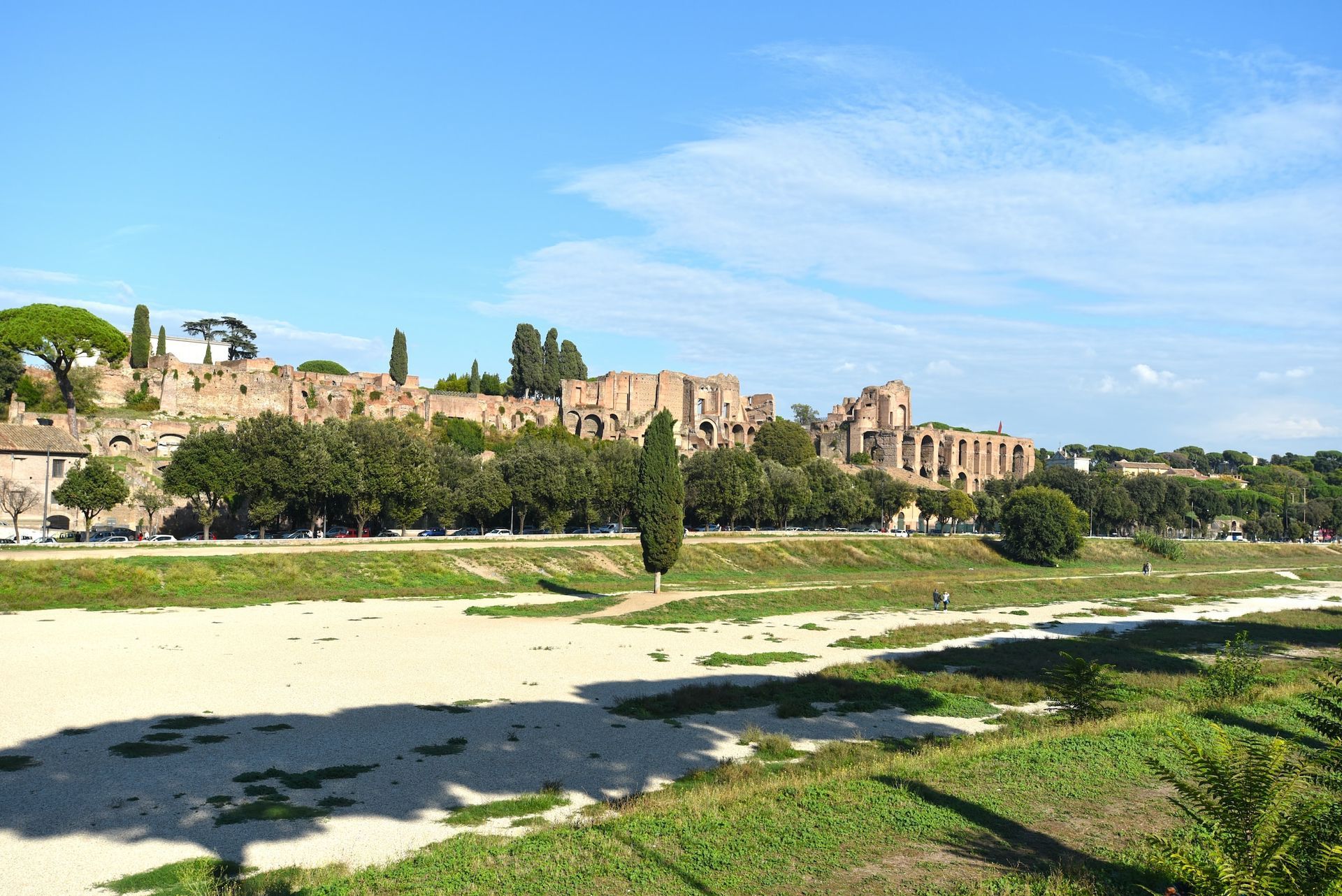
Titolo diapositiva
Circo Massimo - 1,3 km
Pulsante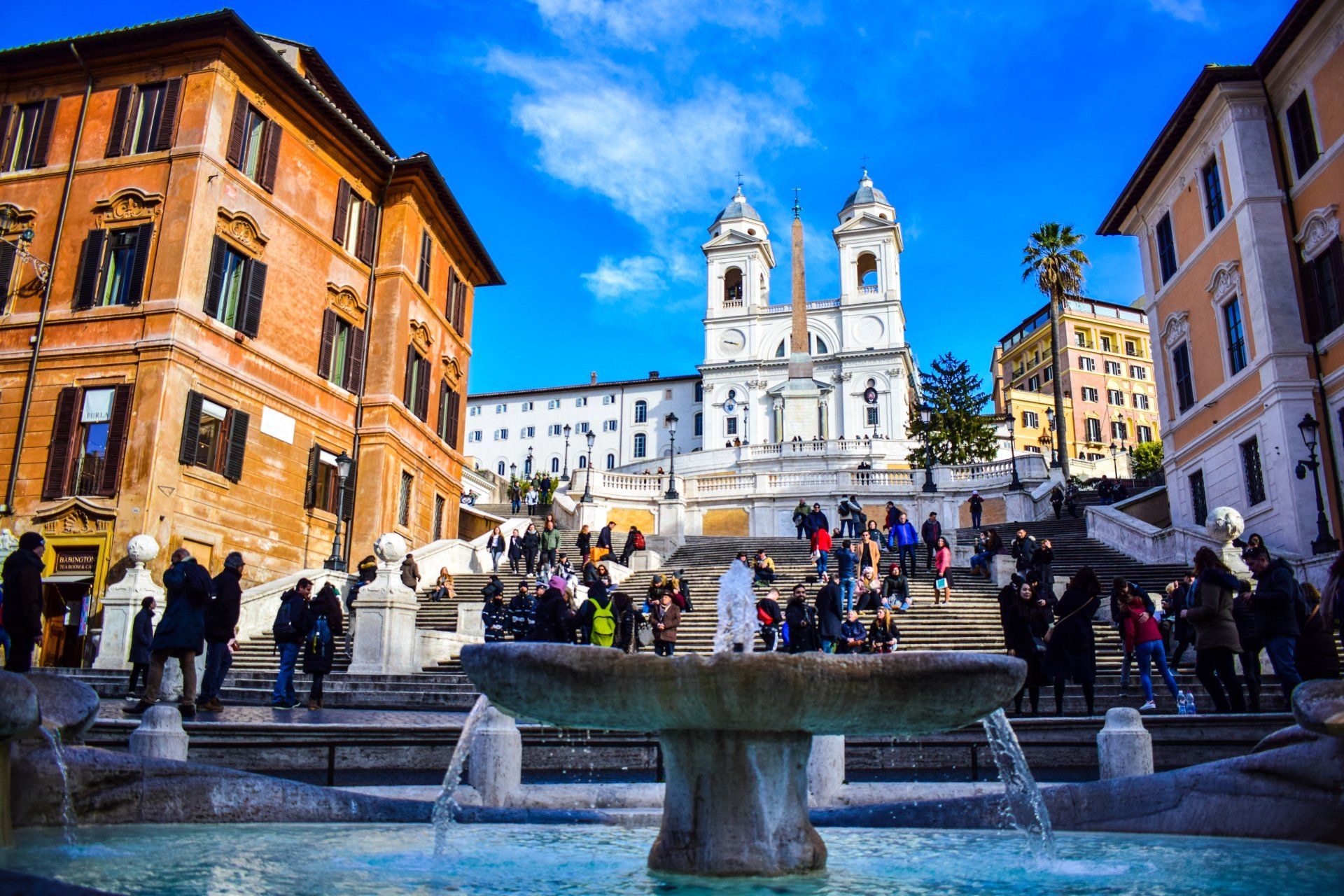
Titolo diapositiva
Piazza di Spagna - 1,4 km
Pulsante
In less than 25 minutes
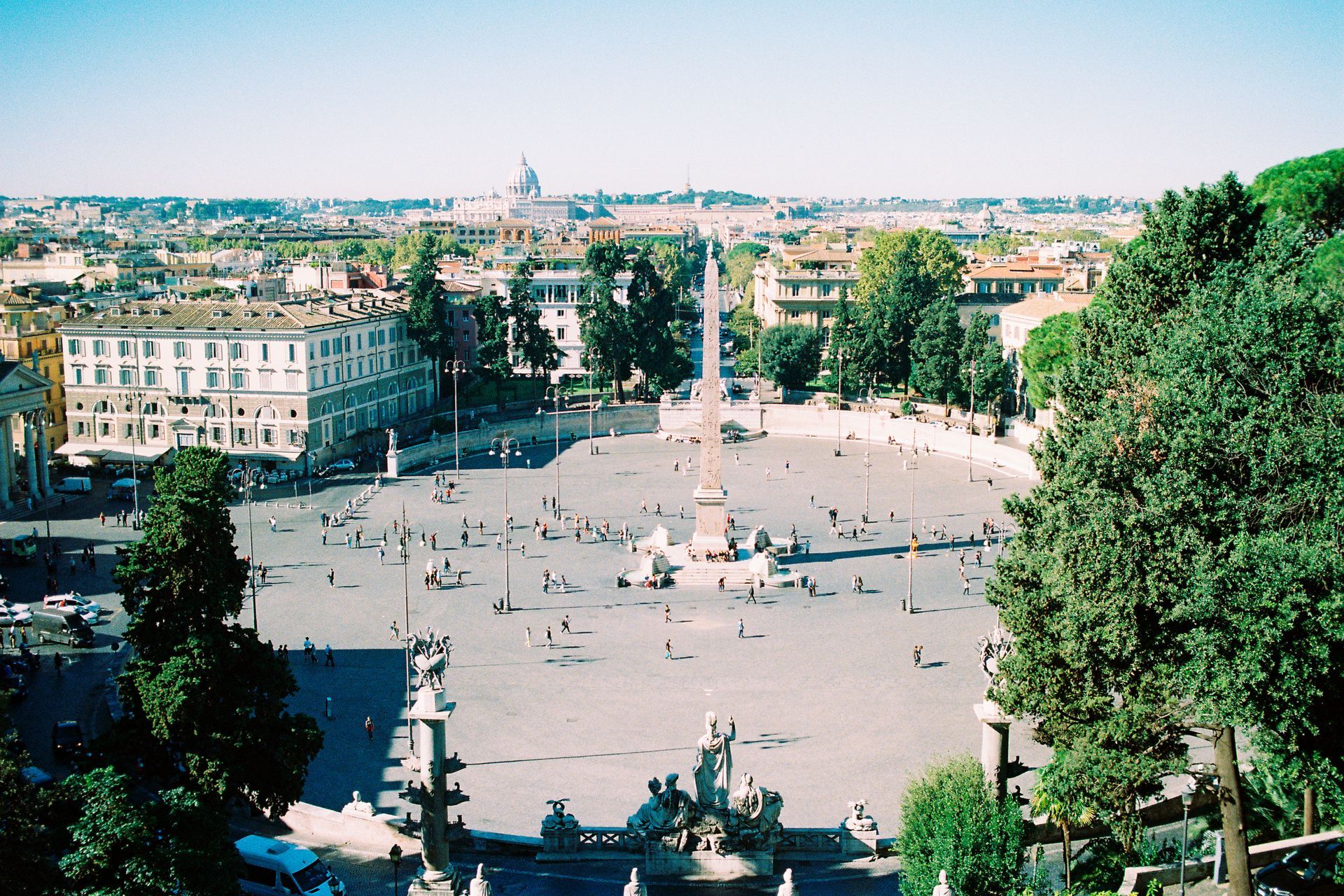
Titolo diapositiva
Piazza del Popolo – 1,6 km
Pulsante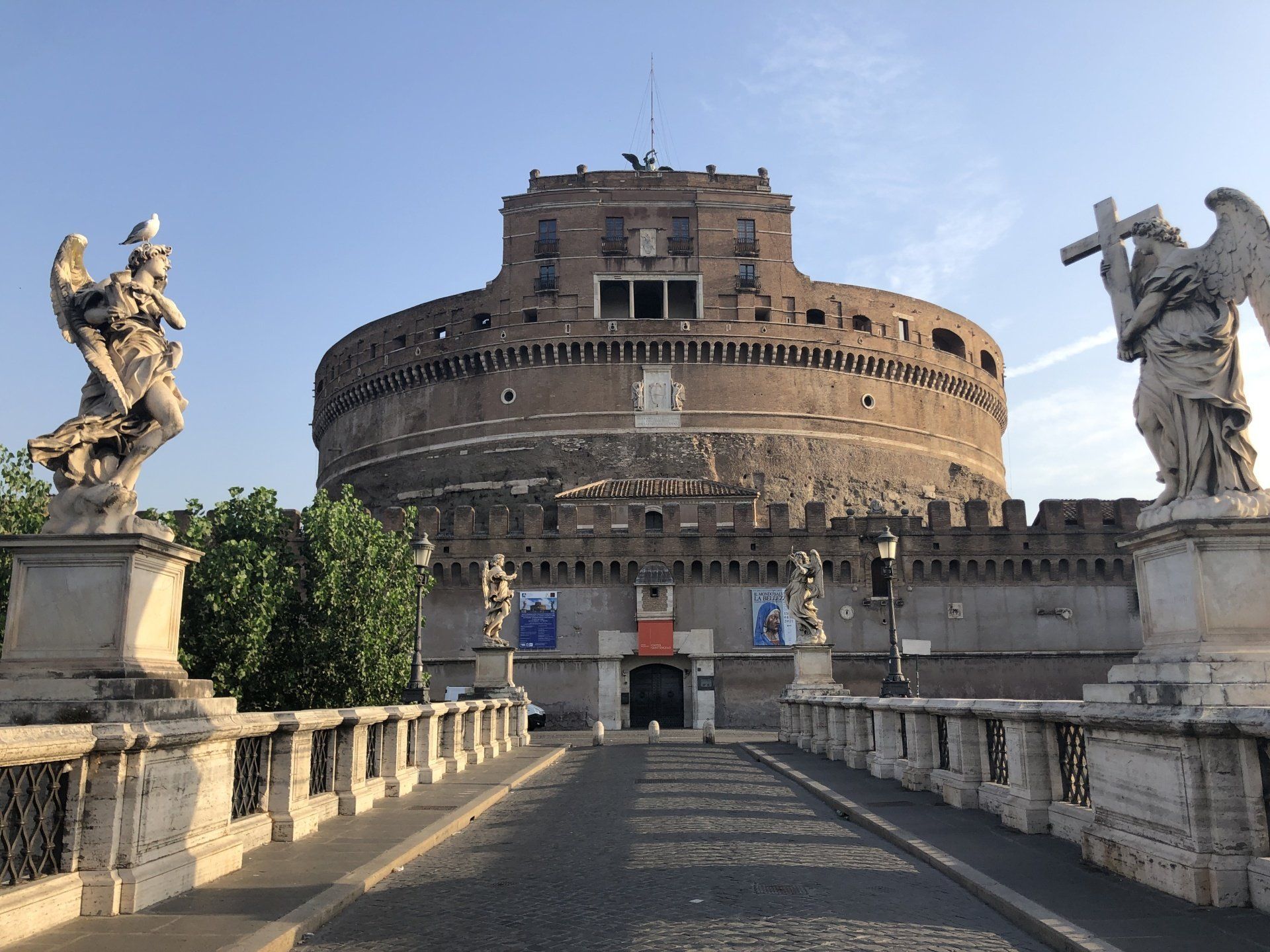
Titolo diapositiva
Castel Sant’Angelo – 1,6 km
Pulsante
Titolo diapositiva
Piazza San Pietro – 1,9 km
Pulsante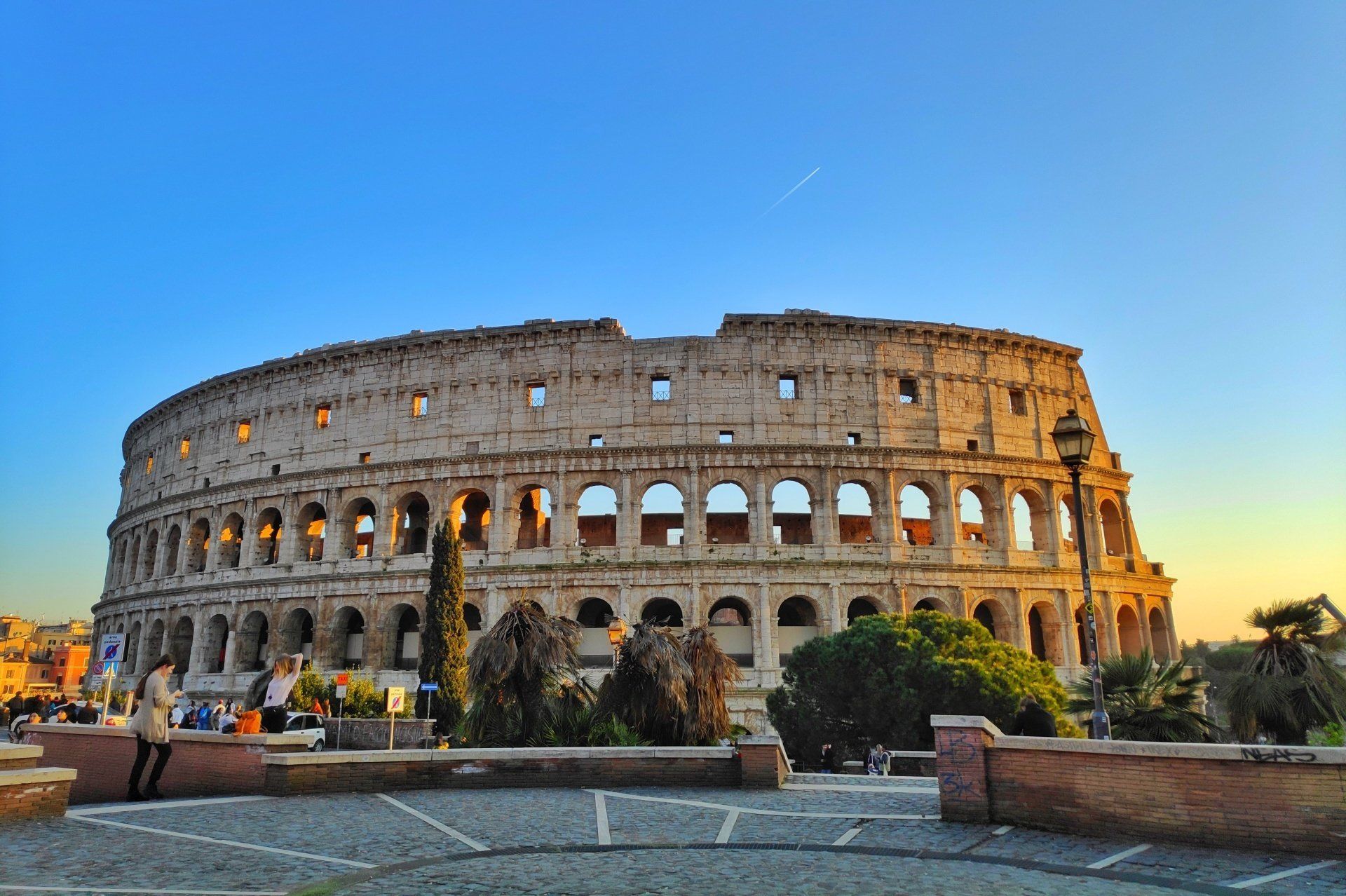
Titolo diapositiva
Colosseo - 2 km
Pulsante
Hotel Le Clarisse
Via dell'Arco della Ciambella 19
00186 Rome
VAT
11305711001
T.
+39 06.83084030
C.
+39 339.3331167
info@leclarissepantheon.com
Services Plus



Quick info
- Reception: 8.00am - 8.00pm
- Check-in: 2.00pm - 8.00pm
- Check-out: 8.00am - 11.00am
- Breakfast: 7.00am - 10.00am
Montefalco S.r.l. - SCIA N. QA/7840 del 02.08.11 - Via dell'Arco della Ciambella, 19 - 00186 Roma - Iscrizione al Registro delle Imprese RM 1293227 - Capitale sociale I.V. euro 10.000,00 - P.IVA 11305711001
Hotel Le Clarisse © 2000 -
- Hotel Marketing by Nozio Business
| Copyright/IP Policy
- Cookie Policy
- Cookie Settings
- Privacy






